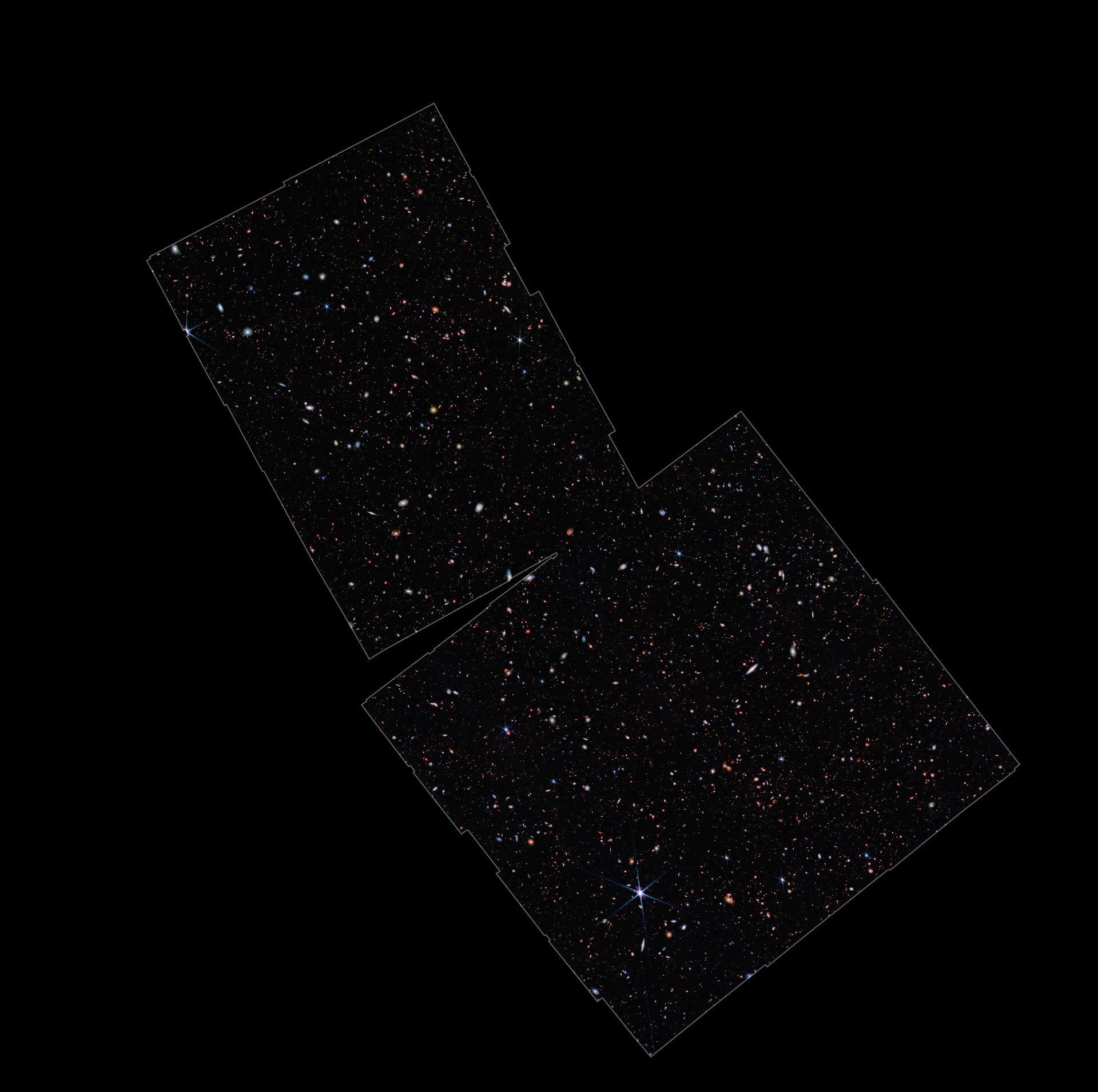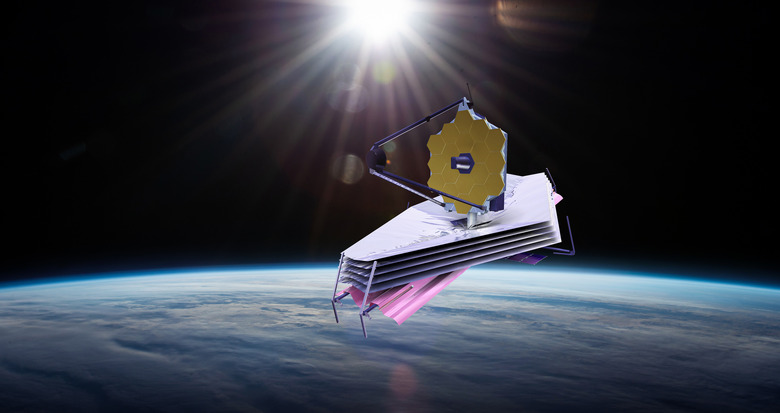James Webb Has Now Observed Galaxies From The Dawn Of Our Universe
The universe is massive and constantly expanding. At least, that's the general idea presented by astronomers. And, with so many unknowns about our early universe, those very same scientists have been working hard to learn more about it. Now, James Webb has managed to peer even further than before to observe some of the earliest galaxies from the dawn of the universe.
Of course, all of these reports are based on data taken from in-progress observations and data that astronomers gathered from the James Webb space telescope. As such, it hasn't been 100 percent proven that these are the most distant or oldest galaxies we've ever seen. But even the possibility that these galaxies are from the dawn of the universe is mindblowing.

Now, astronomers say that it will be crucial to proving that the galaxies observed from this data are actually from the early universe. While they may look to be from the dawn of the universe, Emma Curtis-Lake, an astronomer and co-author of a new study on the data, says that "it's very possible for closer galaxies to masquerade as very distant galaxies."
The astronomers have two papers on the study in preprint at the moment. And this is just the latest in a string of discoveries that James Webb has made, including a more in-depth look that could let us see dark matter for the first time. Webb also recently captured beautiful new images of Titan, one of Saturn's moons, which also happens to look very similar to Earth.
Even the prospect that we've somehow viewed galaxies from the dawn of our universe is exciting. Unfortunately, all we can do at the moment is wait to see how the research into this data pans out, and whether or not we've actually laid eyes on galaxies that are over 13.4 billion years old.
